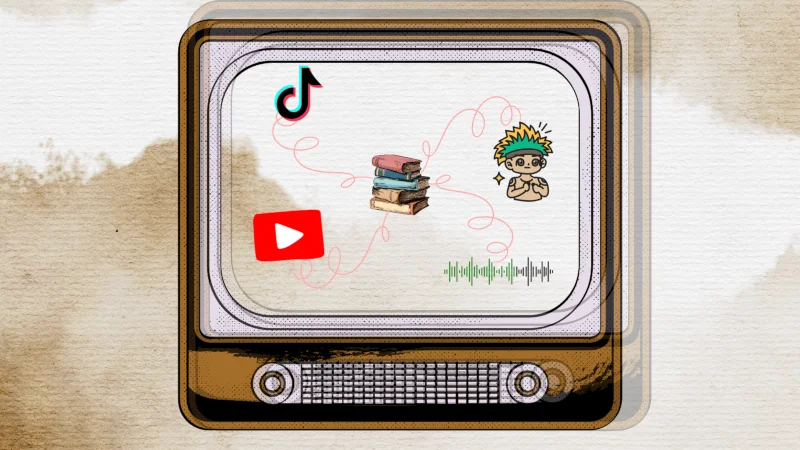21st Century Literature: Transmedia Storytelling

Does reading make you happy? Whether it’s the feel of crinkly paper or the smooth swipe of a screen, words can move us - and today, they move across platforms. This post serves as a wake-up call for authors and publishers: evolution is key. If you’re a Marvel fan or have wished for a letter from Hogwarts, chances are you’ve already encountered transmedia storytelling, without even realizing it.
In this blog, we’ll see what transmedia storytelling is, why it matters, how it affects not only authors and publishers but also readers, and how it’s shaping the future of publishing.
The literal meaning of “Transmedia” is “across media”, which differ in their format and platforms. When you add the element of storytelling, it becomes “a process where integral elements of fiction or reality get dispersed systematically across multiple delivery channels to create a unified and coordinated entertainment experience.”
How is transmedia different from adaptation, i.e., retelling the same story in a different medium? The key difference is that it typically means narrating different parts of a story across multiple platforms, with each one contributing something unique to the overall narrative. The key trait is that each piece stands alone but also adds depth to the whole. This approach enables active fan engagement and a wider reach to audiences.
Evolution is the way of the world, and with the current scenario, the reading habits must also change for the better or worse: that the audience must decide. Since the majority of our time is spent online browsing and consuming data, our attention span has been fractured, which ultimately gravitates us to a channel that is more entertaining, interactive, and enables us to consume bite-sized content.
As a result, the publishing industry is shifting from print to exploring multimedia as a way to build a more interactive environment for its readers. Even those who would much rather feel the weight of paper in their hands cannot deny the benefits these platforms allow them, such as building a community, a fictional world that seems all too real, and much more. This helps stories stay relevant and visible in a crowded market.
As a reader who gets emotionally attached to literature myself, I feel that companion content such as Spotify playlists, bonus scenes as emails has helped me connect so much better to novels. This serves as a huge bonus to authors when it comes to connecting on a deeper level with their readers. Take “Booktok” - the viral corner of TikTok where readers share their interests, reviews, thoughts, and aesthetic edits of their must-reads. What makes BookTok so influential is its interactive, visual, and emotional nature, where the readers aren’t only reading books, but they also have the freedom to express their true thoughts.
This kind of engagement is what transmedia storytelling thrives on, offering publishers and authors a glimpse into the mind of readers, which makes them even better at their job. Take Colleen Hoover, for example. She turned into an internet sensation overnight, with BookTok declaring her the bestselling author, but just as quickly, the same audience decided that her books weren’t worth the hype. This kind of emotional trajectory is storytelling in itself. For authors and publishers, keeping an eye out for these changing dynamics isn’t just about selling books- it’s about becoming one with the people who love them. One should not limit oneself to a word limit, but explore other avenues to engage their readers.
Another example to quote here is Tom Gates Series by Liz Pichon. She is a graphic designer, music director and a successful author. Her writing journey is not limited to books only. She creates Youtube videos for her young readers and a music album is also available; that is based on the songs she has written in her books.
This change should not be viewed as a threat; instead should be seen as an opportunity, especially for those who want creative freedom. It’s a tool for deeper engagement; however, think before you let any thought or advice sit in your mind. After all, the story does not always have to end on the last page.
From the Editor's desk
Pari Jain